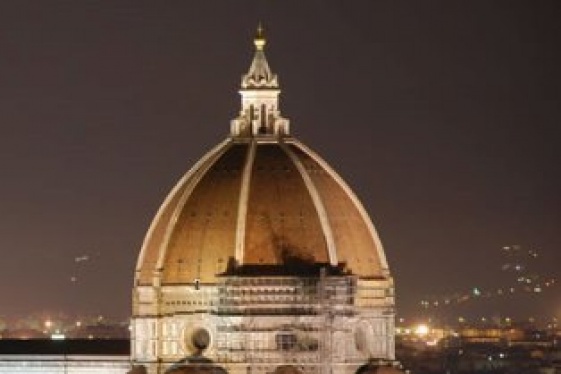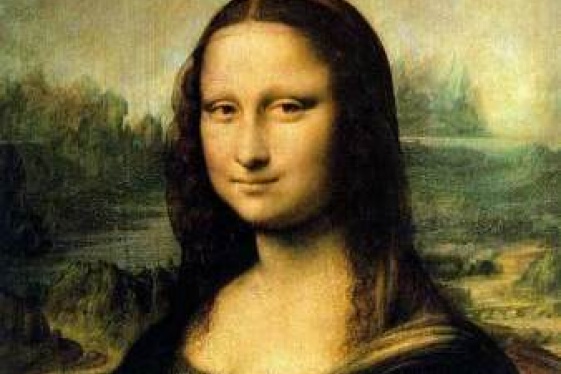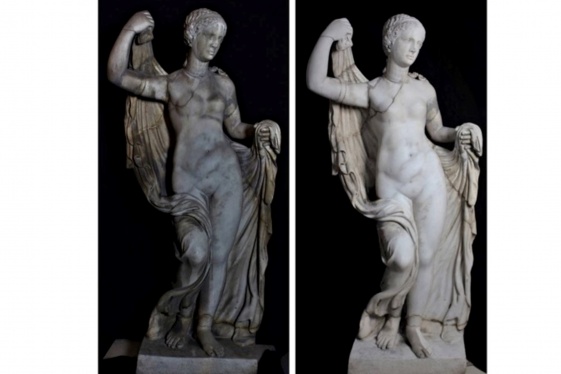

In the heart of Florence, a remarkable restoration project is unveiling the secrets of one of art history's greatest masters. The Stories of Saint Francis, painted by Giotto in the Bardi Chapel of Santa Croce, are undergoing a meticulous restoration that won't be completed until summer 2025.
However, the project is already yielding fascinating discoveries about the artist's working methods and revolutionary techniques.
Since June 2022, a collaboration between the Opera di Santa Croce and the Opificio delle Pietre Dure, supported by the CR Firenze Foundation and ARPAI, has been peeling back the layers of time. Using cutting-edge technology, including thermal imaging and UV photography, restorers have uncovered: an earlier geometric decoration beneath Giotto's frescoes; evidence of scaffolding placement, revealing how the artist and his assistants moved around the chapel; preliminary sketches (sinopie) that show Giotto's planning process.
Giotto's innovative approach combined fresco painting with dry techniques, likely using egg tempera. This allowed him to achieve a broader color palette, more intense light and shadow effects and greater realism in his figures.
Cristina Acidini, president of Opera di Santa Croce, describes the project as "an unrepeatable cultural and scientific opportunity." She explains, "This restoration tells us so much: it reveals the artist's challenging preparatory work, his bold compositional choices, and the chromatic richness that time had obscured."
The chapel's journey through time has been turbulent. In 1730, the frescoes were considered outdated and whitewashed over. In early 19th century two funeral monuments were installed, causing irreparable damage. In 1851 restoration expert Gaetano Bianchi finally uncovered the paintings after 120 years.
Today, modern technology meets Medieval art. The actual restoration employs no-touch structural analysis equipment, thermal imaging cameras, high-resolution photography using various light sources and 3D laser scanning to create a complete HBIM model of the chapel.
From October 2024 to July 2025, visitors will have a unique opportunity to view the restoration in progress, to climb the scaffolding to see Giotto's work up close and to learn about the artistic techniques used in the 14th century.
The project offers insights into Giotto's working methods, including his day-by-day planning of fresco sections, test brushstrokes for checking color changes as the plaster dried and the use of organic binders for achieving specific visual effects.
As the final phase of restoration approaches, experts are engaged in discussions about how best to preserve this masterpiece for future generations while honoring its complex history. The goal is to allow viewers to fully appreciate Giotto's groundbreaking spatial innovations and storytelling prowess, even as they acknowledge the marks that time has left on this invaluable work of art.
You may be interested
-
Lecture and Concert that bring Italy to New...
Saturday, february 28 - 7 pm ESTChrist & Saint Stephen's Church - 120 W 69th St,...
-
'Buongiorno Papà' vince Nice Festival Usa
'Buongiorno papà' di Edoardo Leo, film sui quarantenni single in Italia, interpretato da R...
-
'Christmas I Remember Best': The Italian ceme...
Years ago our family spent an idyllic summer in beautiful Florence, Italy, the heart of Re...
-
'I inherited an Italian farmhouse and want ev...
At first I was excited. Then I was terrified. Now I cannot believe my luck. Like one of th...
-
'Love in Firenze' comes to The Addy at Procto...
Composer Ed Munger, 76, and lyricist Herb Weisburgh, 82, are a local songwriting duo who h...
-
'Mona Lisa's' identity could be revealed thro...
By Jamie Wetherbe The mystery of "Mona Lisa's" real-life muse, which has spawned centurie...
-
'Rediscovered Aphrodite' In Italy's National...
The recently restored statue of Aphrodite housed in the Museo Archeologico Nazionale (Nati...
-
'Saffron tourism' takes hold in Italy, harves...
Saffron tourism is the holiday of choice for a growing number of people fascinated by the...










